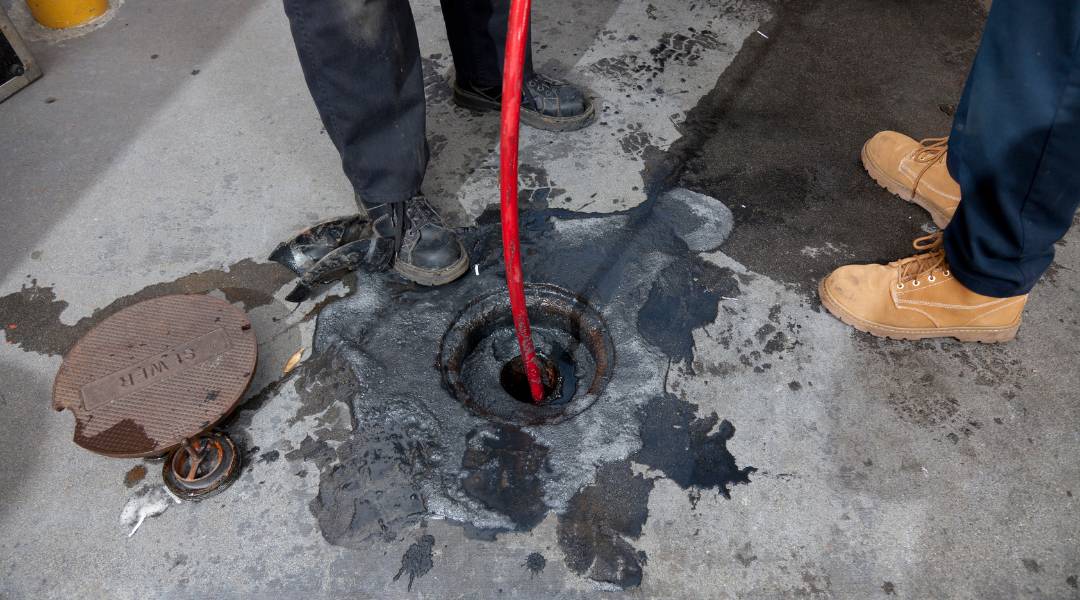Are you pondering whether hydrojetting is safe for your pipes? This method, known for blasting clogs with high-pressure water, raises some concerns. Older or weaker pipelines might not withstand this robust process and could incur damage, leading to costly repairs.
Moreover, a skilled plumber must examine the state of your plumbing before proceeding with hydrojetting. Also worth noting are its limitations; severe damages like bellied lines may resist even such powerful cleaning efforts, necessitating more intensive fixes. Despite its higher cost than other drain-clearing methods and potential noise or mess during the cleanup, consulting a professional helps ensure that hydrojetting aligns perfectly with your specific needs while safeguarding the integrity of your pipes.
Hydro Jetting Benefits Explored
Hydro jetting offers a robust solution for clearing stubborn clogs but isn’t suitable for every situation. If you have older or fragile pipes, the intense pressure can cause harm, leading to costly repairs. It’s essential to consult with experts before proceeding.
Sometimes, alternative methods such as rooter services might be safer and more cost-effective, especially for less severe blockages or when dealing with specific pipe materials that could suffer under high stress from hydrojetting techniques. In addition, while powerful in tackling solid obstructions like grease build-up, hydrojetting may not always address complex issues such as severely damaged lines, which require different repair strategies.
Risks with Hydro Jetting Techniques
When considering hydrojetting for your pipes, understanding the risks is as crucial as recognizing its effectiveness in drain cleaning. Pipes with existing damage are notably vulnerable; a high-pressure water stream used in hydrojetting could exacerbate issues, leading to further deterioration or even complete failure of the plumbing system. This risk is especially prevalent if weakening from rust or corrosion has already compromised pipe integrity. These weakened spots may not withstand the force of up to 4000 psi pressure.
Older homes pose another concern. Many have original plumbing over 50 years old, primarily cast iron and clay pipes, which are more susceptible to breaking under such stress than modern PVC piping, which demonstrates greater resilience but isn’t entirely risk-free. Therefore, only professionals must conduct this procedure—particularly those equipped with both experience and thorough industry knowledge—since an essential part of their job involves inspecting for potential vulnerabilities beforehand, ensuring safety throughout the process.
Maintaining Pipes Post-Hydro Jetting
After hydrojetting, maintaining your pipes is crucial. It starts with a thorough inspection to ensure they’re damage-free and can handle the process again if needed. Avoid chemicals that corrode your pipes; opt for regular checks by professionals like Bow Tie Plumbing & Rooter, who use cameras to spot early signs of trouble inside the plumbing system.
Remember, different pipe materials react differently over time—clay might erode, while copper could corrode or crack after repeated hydrojetting sessions due to its high-pressure cleaning method. For homes with old or compromised piping systems, consulting with a professional plumber before deciding on hydrojetting as a maintenance method ensures safety and effectiveness in keeping your drainage system clear and functioning smoothly.

